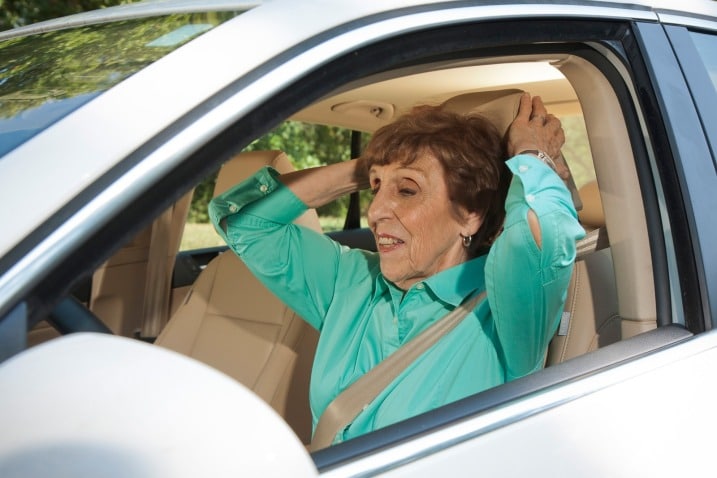Users can identify their health issue and then shop around for the appropriate car. For instance, if you are short or carrying a few extra pounds around the middle, the tool will suggest looking at cars with adjustable foot pedals, tilt steering wheels and six-way-adjustable seats. The tool displays specific vehicles with those features, complete with fuel economy and the manufacturer's suggested retail price for the car.
"Because there is no one typical older driver, there is not one perfect car," says Gilmartin. That is why AAA encourages drivers to explore vehicles based on their needs and the features that will accommodate those needs, she says.
"All of the different manufacturers have at least some, if not a good deal of the features," she says.
However, no matter how great the ''smart'' features, Gilmartin warns that they can only enhance safety, not make up for deficient driving skills.
Car Fit Offerings
Older drivers who aren't in the market for a new car may want to take advantage of the Car Fit program, created by the American Society on Aging and developed in collaboration with the AAA, AARP and AOTA.
The site has a clickable map to help you find a free program in your area. The program takes about 20 minutes and is hosted by various community groups interested in safety for older drivers, Schold Davis says. Trained technicians or health professionals conduct the programs, paying attention to safety and comfort factors, such as how well the mirrors are adjusted and whether the driver is a safe distance — 10 inches or more — from the steering wheel.
More comprehensive evaluations can also be done, says Schold Davis. For instance, AOTA members — occupational therapists who are specially trained in how to assess driving, modify vehicles and improve driving skills — can do a comprehensive, on-the-road evaluation and make recommendations on next steps.



 by
by 


